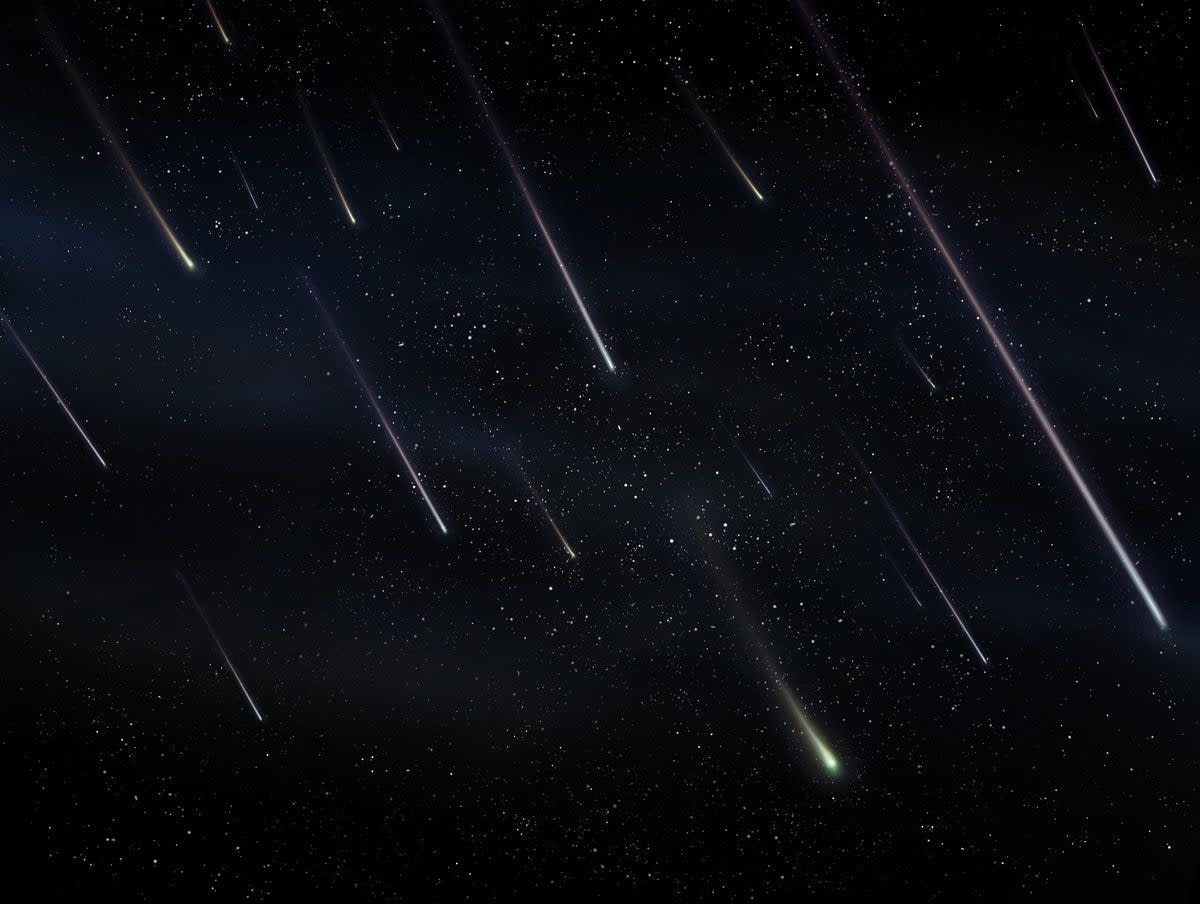Quadrantids meteor shower to peak in ‘spectacular’ shooting star display this week

One of the most spectacular meteor showers of the year peaks this week, offering skygazers the chance to see dozens of ‘shooting stars’ illuminate the night sky.
The Quadrantids are set to peak on 3-4 January 2023, but the first meteors have already begun to pepper the Earth’s atmosphere.
The phenomenon is a result of the Earth passing through the debris left behind the asteroid (196256) 2003 2003 EH1, which was first observed by Chinese astronomers more than 500 years ago.
Anyone hoping to see the first major meteor shower of the year will not need any specialist equipment, however clear skies are essential.
Weather forecasts from the Met Office suggest that viewing conditions will be perfect on Monday night, with clear skies across the UK and Ireland, however rain clouds will obscure parts of England and Scotland on Tuesday night.
Astronomers advise viewers to wrap up warm and allow their eyes at least 30 minutes to adjust to the darkness in order to have the best chance of seeing the celestial spectacle.
Several smartphone apps also offer tips and instructions for viewing the Quadrantid meteor shower, including using the phone’s inbuilt gyroscope and GPS location to point users in the right direction of where the meteors will appear.
While meteors from the shower will be visible from late December, the Quadrantids have one of the sharpest peaks of any of the annual meteor showers. This means the night of 3 January will be particularly intense, with the official peak arriving at 3am GMT on the morning of 4 January.
For Northern hemisphere observers only. The Quadrantids meteor shower may be spectacular this year?
Sky view below pic.twitter.com/mxSCJIzeHn— Con Stoitsis (@vivstoitsis) December 30, 2022
The meteors will radiate from the north-northeast part of the sky from the constellation Quadrans Muralis, which is near the more famous Big Dipper (or Plough) asterism constellation.
The Quadrantids can produce over 100 meteors per hour at its peak, though a full moon approaching on the 6 January could obscure some of the less bright shooting stars.
Weather permitting, the ideal time to see the Quadrantid meteor shower will therefore be just after moonset and before dawn on 4 January, 2023.
